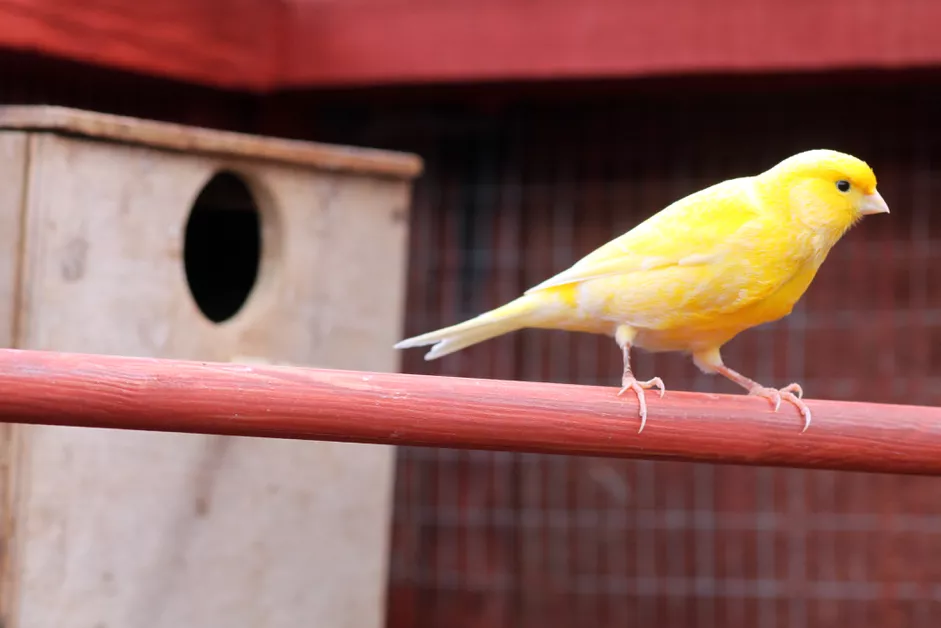
Throughout most of the 1900s, miners would take canaries with them into the mines. The birds were a type of early warning system that something was wrong. If the canaries became sick or died, it was time to evacuate. Due to the make up of the birds, they would detect toxic gases before humans would signalling it was time to leave.
So what is your ‘canary in the coal mine’? It’s unlikely you are in the mines, however all our projects have the potential to go awry. Again, it’s unlikely we need to worry about toxic gases, but there are likely things which could have substantial negative impact – on us, our teams, or the people we seek to serve.
So again, what’s your ‘canary in the coal mine’? How will you and your team know if you are having unintentional negative impact?
If you work with data and digital tools, this resource may help – Identifying (and Mitigating) Potential Risks and Harms. Or you might monitor complaints and extrapolate – if you have one complaint on an issue, it signals there are 100 others going unreported. Or if you grow plants, one diseased plant may mean the 40 around it also need to be culled.
Figuring out what your canary is or can be, might just save your project. Ask your team today.

Excellent insight
Again Old friend
Use of relevant simile nope
Allegory? We’ll go with story
Bortritis is a major issue with our flowers. Powdery mildew as well. Once that rot starts…..use your imagination on how that is relevant.
Currently sitting alone on heated patio pretending like I know what I’m doing. Fake it till you make it right? So I hear. Look forward to 4am tomm for sure.
Remember when got to leave Rick dyk sta math class to work independently, totally copied your work. Don’t tell Rick and Yvonne pls. Just reconnected with them as well. Ttyt old friend